We are coming to the end of the known unknowns series and so far we have explored issues which mainly affect the inner workings of our planet. Today we’ll take a look at the surface expression of the geological processes which shape the Earth. Topography significantly affects our daily life and is formed via an interplay between primarily tectonics and climate, but it also affected by biological, mechanical and chemical processes at the Earth’s surface. We’ve highlighted how advances in technology mean detailed study of previously inaccessible areas has now become possible, but that doesn’t mean there aren’t still plenty of questions left unanswered!
Earth’s landscape history and present environment
- Can we use the increasing resolution of topographic and sedimentary data to derive past tectonic and climatic conditions? Will we ever know enough about the erosion and transport processes? Was also the stocasticity of meteorological and tectonic events relevant in the resulting landscape? And how much has life contributed to shape the Earth’s surface?
- Can classical geomorphological concepts such as ‘peneplanation’ or ‘retrogressive erosion’ be understood quantitatively? Old mountain ranges such as the Appalachian or the Urals seem to retain relief for > 10^8 years, while fluvial valleys under the Antarctica are preserved under moving ice of kilometric thickness since the Neogene. What controls the time-scale of topographic decay? (Egholm, Nature, 2013)
- What are the erosion and transport laws governing the evolution of the Earth’s Surface? (Willenbring et al., Geology, 2013) Rivers transport sediment particles that are at the same time the tools for erosion but also the shield protecting the bedrock. How important is this double role of sediment for the evolution of landscapes? (Sklar & Dietrich, Geology, 2011, tools and cover effect); (Cowie et al., Geology, 2008, a field example).
- Can we predict sediment production and transport for hazard assessment and scientific purposes? (NAS SP report, 2010)
- What do preserved 4D patterns of sediment flow tell us from the past of the Earth? Is it possible to quantitatively link past climatic and tectonic records to the present landforms? Is it possible to separate the signals of both processes? (e.g. Armitage et al., Nature Geosc, 2011).
- Can we differentiate changes in the tectonic and climate regimes as recorded in sediment stratigraphy? Some think both signals are indeed distinguishable(Armitage et al., Nature Geosc, 2011). Others, (Jerolmack &Paola, GRL, 2010), argue that the dynamics intrinsic to the sediment transport system can be ‘noisy’ enough to drown out any signal of an external forcing.
- Does surface erosion draw hot rock towards the Earth’s surface? Do tectonic folds grow preferentially where rivers cut down through them, causing them to look like up-turned boats with a deep transverse incision? (Simpson, Geology, 2004).
- How resilient is the ocean to chemical perturbations? What caused the huge salt deposition in the Mediterranean known as the Messinian Salinity Crisis? Was the Mediterranean truly desiccated? What were the effects on climate and biology, and what can we learn from extreme salt giants like this? (e.g. Hsu, 1983; Clauzon et al., Geology, 1996; Krijgsman et al., Nature, 1999; Garcia-Castellanos & Villaseñor, Nature, 2011). Were the normal marine conditions truly reestablished by the largest flood documented on Earth, 5.3 million years ago? (Garcia-Castellanos et al., Nature, 2009).
- How do the patterns of river networks form? (e.g. Devauchelle et al., PNAS, 2012; Perron et al., Nature, 2012). What information about the past do these patterns contain? Can we quantitatively reconstruct past ecology or climate from old river patterns? (e.g. Hartley et al., Sedim. Res., 2010 ).
- Do we need a new geological epoch called Anthropocene? When do the Homo Sapiens start to have a significant impact on the Earth System? 8000 BP?(Ruddiman, Clmatic Change, 2003); 2000 BP? (Scalenghe, The Holocene, 2011); 1850 AD?(Crutzen & Steffen, 2003).
The next post will be our final post in the series and we will list open questions on how climate has contributed to shape the surface of planet Earth, from its surface to the emergence of life and beyond.
Have you been enjoying the series so far? Let us know what you think in the comments section below, particularly if you think we’ve missed any fundamental questions.
By Laura Roberts Artal, EGU Communications Officer, based on the article previously posted on RetosTerricolas by Daniel Garcia-Castellanos, researcher at ICTJA–CSIC, Barcelona

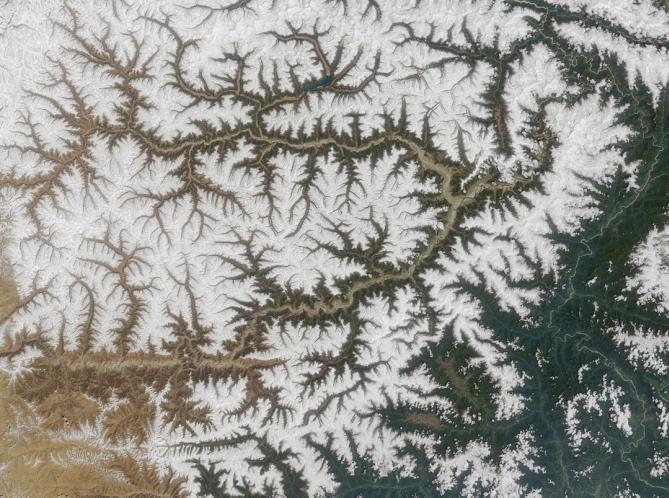
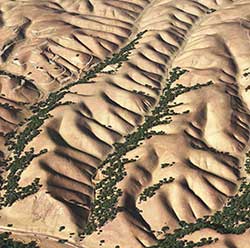
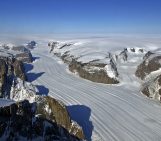

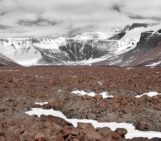
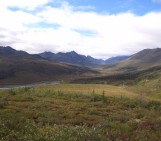
lawn maintenance
Thanks for posting an awesome article! I found it very informative. It was a really helpful read and think you’re doing something great in this space.
Fresno Landscaping Pro's
This is great information, keep up the great the content. Definitely look forward to more!
landscape la
Thank you so much for the wonderful information .This is really important for me .I am searching this kind of information from a long time and finally got it.
Pingback: The known unknowns – the outstanding 49 questions in Earth Sciences (Part IV) | Palaeo@Leeds
Pingback: Wordpress Blogs - Wordpress Blogs .NET